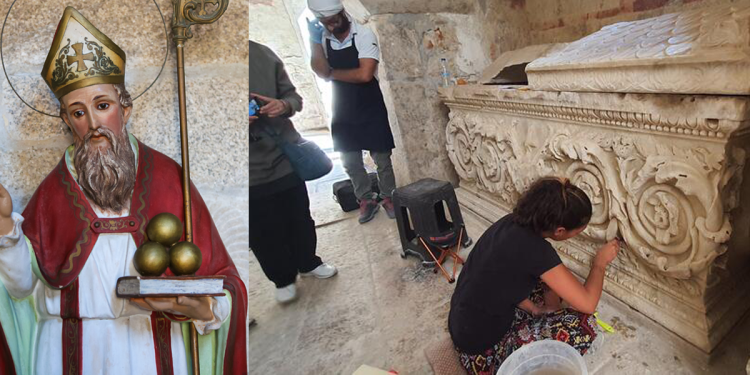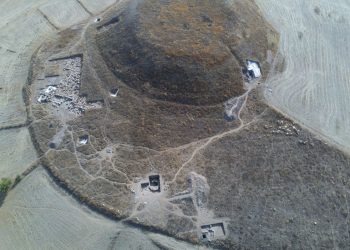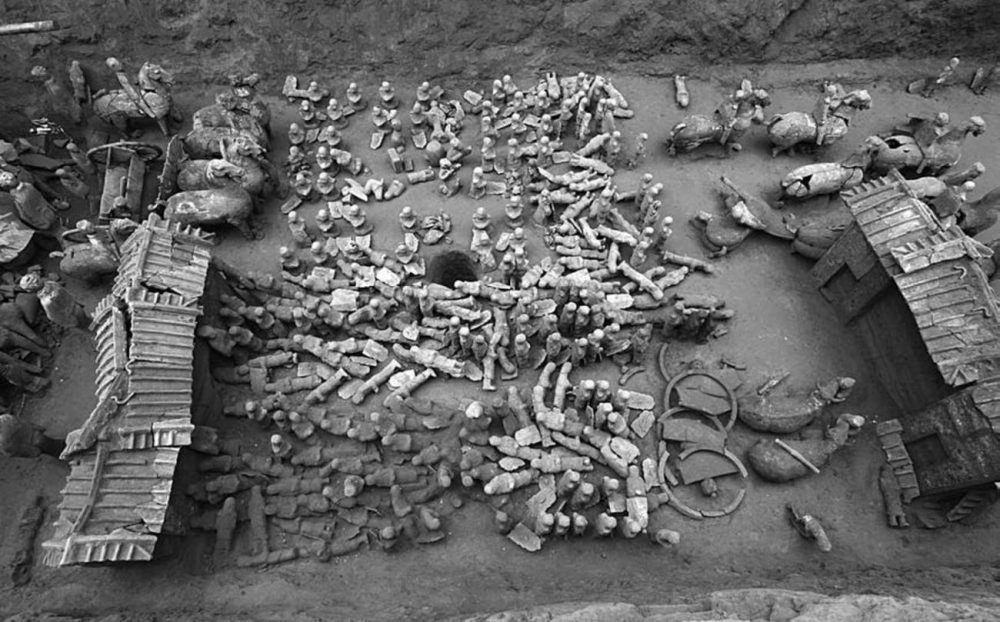Archeologists have recently reported having discovered the tomb of Santa Claus, according to DHA. When talking about Santa, we are actually referring to Saint Nicholas. He was a man from a wealthy family that lived from AD 270 to 343. The myth of Satna is derived from the life and deeds of Saint Nicholas. A significant part of his legacy is the money he donated to the poor from his inheritance. In particular for the story about how he gave three young girls bags of gold in order to prevent them from becoming prostitutes. Experts have revealed that the tomb was discovered beneath the church’s floor mosaic. In spite of the church’s name and its record as Santa Claus’s original burial place, it was once believed that Saint Nicholas’s remains had been moved to Italy during the First Crusade.
During the Middle Ages, rising sea levels in the Mediterranean submerged many ancient churches in Turkey. As it turns out, the rising sea ended up burying the tomb of Saint Nicholas. A major port city of the time, Patara was the birthplace of Saint Nicholas. There was a parliament building in this city that belonged to the Lycian Union. He lived there for a long time and served as a bishop for many years. In the Christian world, especially for Orthodox Christians, the Church of St. Nicholas holds a very sacred place. Every year, this place attracts thousands of tourists. The current church was built over an early church, whose bishop was St. Nicholas. This early church was flooded during the Middle Ages when sea levels rose.
Two Churches
Prof. Dr. Osman Eravşar indicates that the current church dates from the 7th-8th centuries. As Eravşar explained, the new discoveries are from the early church, which was buried under alluvial deposits during the time of Saint Nicholas. It was stated that the church where St. Nicholas lived was buried 7-8 meters beneath the rising waters in the Mediterranean. Pointing out that the current church was built in the 7th-8th century, Eravşar announced with excitement that the ground on which Santa Claus stood had been discovered.
During the removal of the screed floor slab from the 1970s, an excavation was conducted to expose what lies underneath. This resulted in a floor covering for the church from the early fourth century. Architectural traces can be found in various parts of the early period structure, but flooring is not evident. This is a relatively new type of flooring. As it turns out, this was the floor that St. Nicholas walked on during the period in which he lived. The discovery is extremely significant since it is the first of its kind for that time period.
Have something to add? Visit Curiosmos on Facebook. Join the discussion in our mobile Telegram group.











